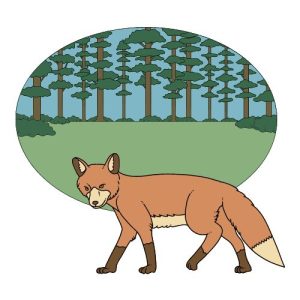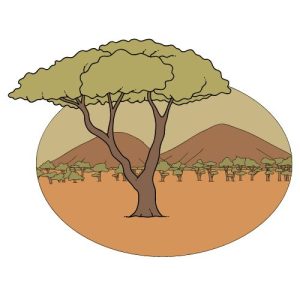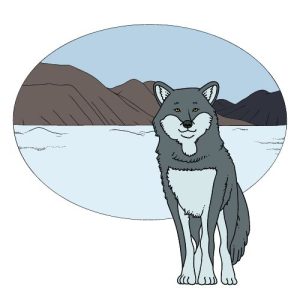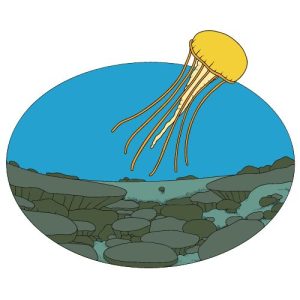Interactions in Ecosystems

Interactions in Ecosystems
The interactions in ecosystems are about how living things and their environments connect.
Today, we’ll explore biotic factors, like animals and plants. Then, we’ll look at abiotic factors, such as climate and water.
We’ll also dive into the types of ecosystems, from forests to oceans. Let’s get started.
Biotic factors

Biotic factors are the living parts of an ecosystem. These include plants, animals, and microorganisms. In this web of life, each species interacts with others.
For instance, plants provide food and oxygen for animals. Meanwhile, animals help in pollinating plants and spreading seeds. Microorganisms decompose organic matter, aiding plant growth.
These interactions are essential for survival and growth. Thus, all these elements are interconnected. This helps maintain the ecosystem’s balance and a healthy environment.
Abiotic factors

Abiotic factors are the non-living parts of an ecosystem. For example, they include sunlight, water, and air. These elements are key for the survival of living things.
Sunlight, for example, is essential for photosynthesis in plants. Water is necessary for all living beings’ survival and growth. Air provides oxygen for animals and carbon dioxide for plants.
Together, these abiotic factors create the foundation for life in any ecosystem. Without them, ecosystems would collapse, disrupting the balance of life on Earth.
Habitats

A habitat is the specific natural environment where a species lives and thrives. It includes all necessary elements like food, water, shelter, and safety.
Each species requires a unique habitat to meet its needs. For example, fish inhabit aquatic environments like oceans and rivers, where they find food and reproduce. Conversely, birds often reside in forested areas, relying on trees for nesting and protection.
The characteristics of a habitat deeply influence a species’ behavior, diet, and survival strategies. This impact highlights the need to preserve natural habitats for the well-being of all species.
Types of ecosystems

Ecosystems are diverse environments where living things interact with each other and their surroundings. There are several types, each unique in its own way.
For instance, forests are ecosystems with dense trees and rich biodiversity. Oceans cover most of the Earth and are home to marine life. Deserts, with their extreme conditions, support specially adapted plants and animals.
Each ecosystem has a distinct climate and geography, shaping the life within it. This results in a rich variety of species perfectly adapted to their specific environments.
Interactions of Ecosystems
Ecosystems are dynamic systems where life thrives through a balance of interactions. From the dense forests to the expansive oceans, each ecosystem plays a vital role in maintaining the Earth’s biodiversity.
Biotic and abiotic factors highlight nature’s interconnectedness. Understanding these interactions helps us appreciate the importance of preserving these natural habitats.
As we move forward, we should recognize the responsibility we hold in their conservation. By working towards a sustainable future, we ensure the continued health of our planet’s diverse ecosystems.

What is Net Primary Productivity for Earth?
How Trees Grow from Carbon Dioxide and Water
What Are the 4 Levels of the Food Chain?
Taxonomic Classification: From Domain to Species
Carbon Dating: How Radioactive Isotopes Estimate Age
Endosymbiosis: The Origin of Eukaryotic Cells
What Are the 5 Koppen Climate Classification Types?
The Dinosaur Era: When Dinosaurs Dominated
Cambrian Explosion: Life Diversification in the Oceans
Long-Term Carbon Cycle: Carbon Dioxide to Hydrocarbons
Human Timeline: How Long Have Humans Existed?
What Are the 4 Steps of Nitrogen Cycle?
What Is Biodiversity (Biological Diversity)?
DNA Deoxyribonucleic Acid: The Origin of Your Genes